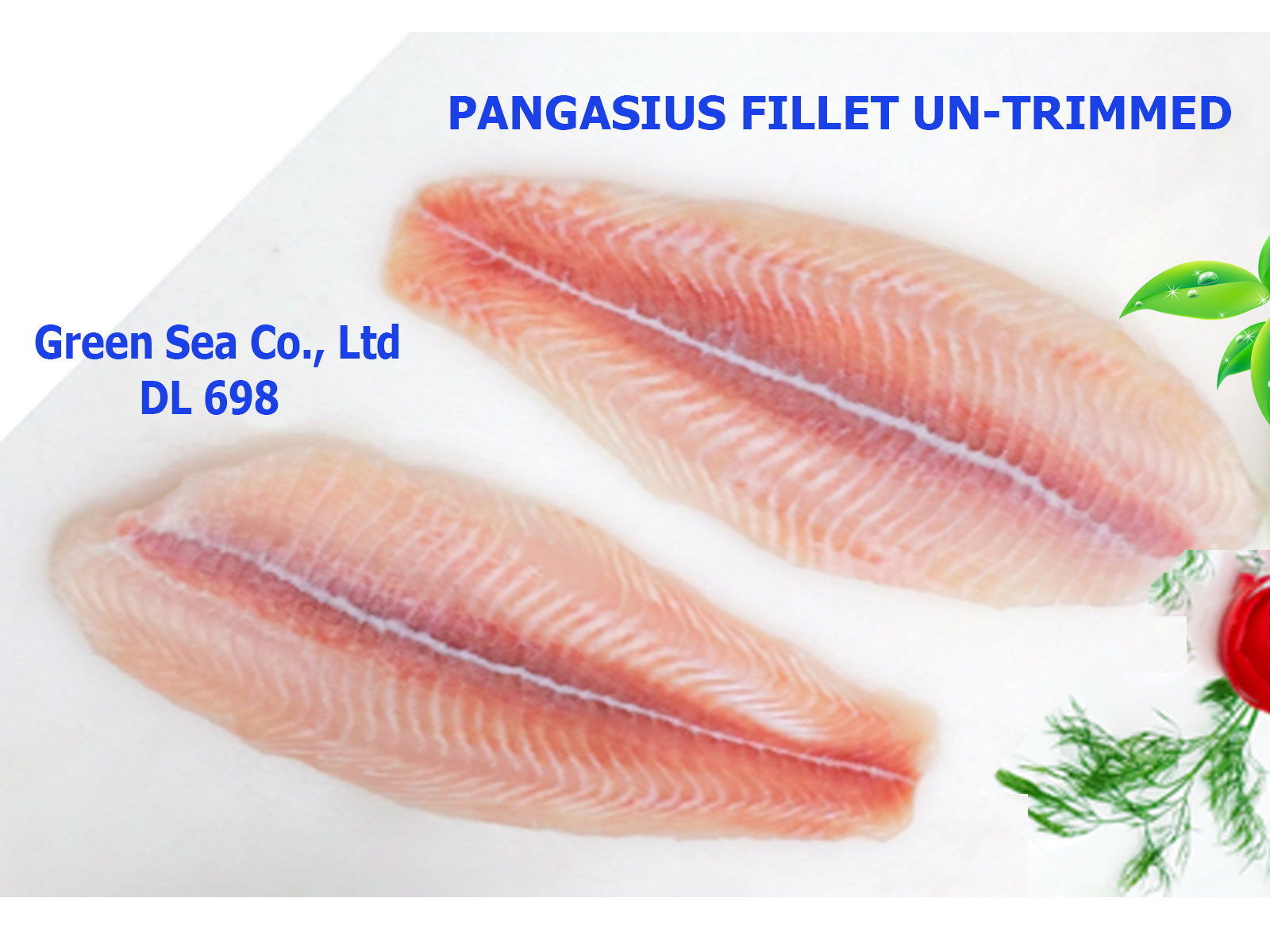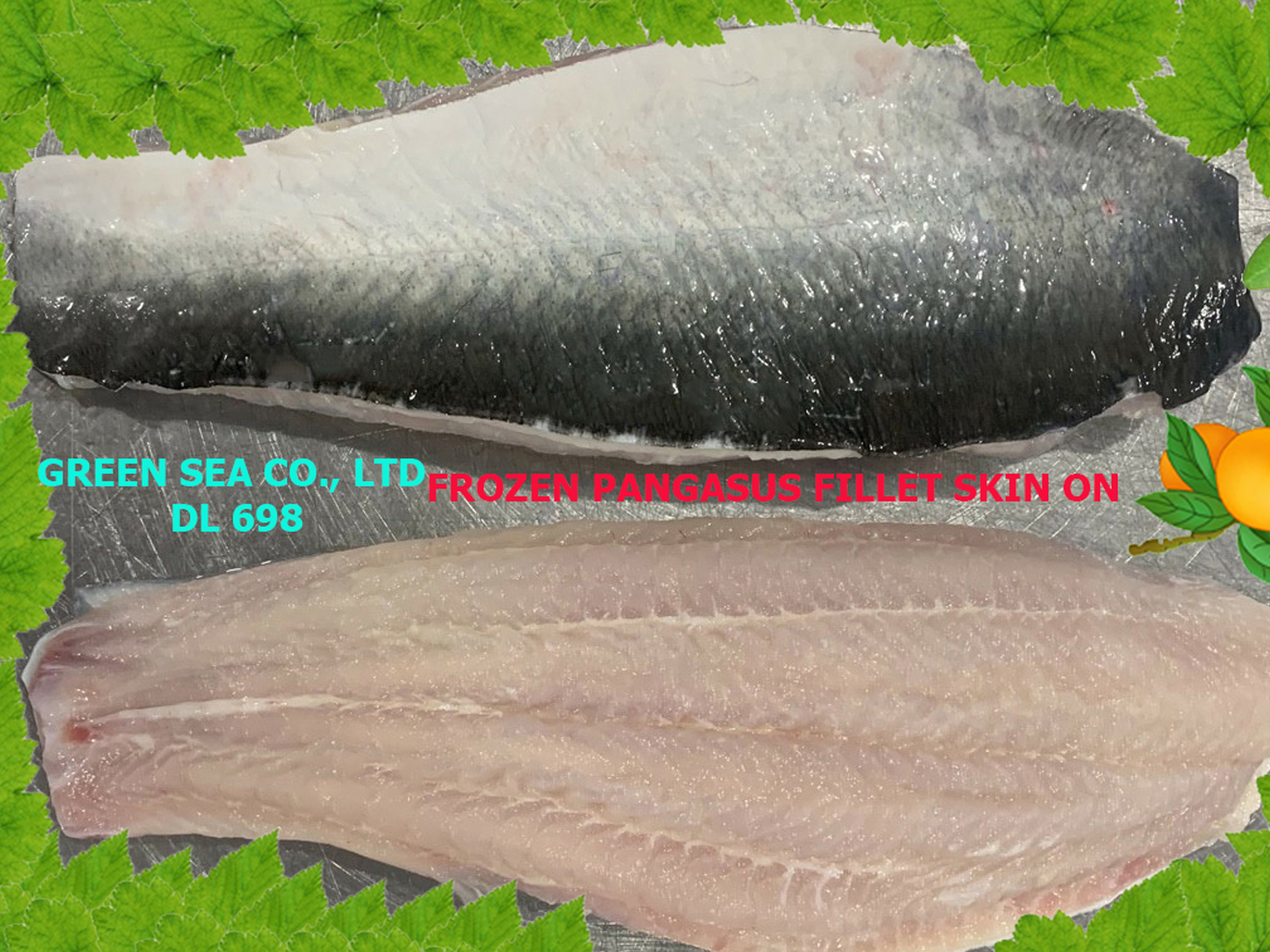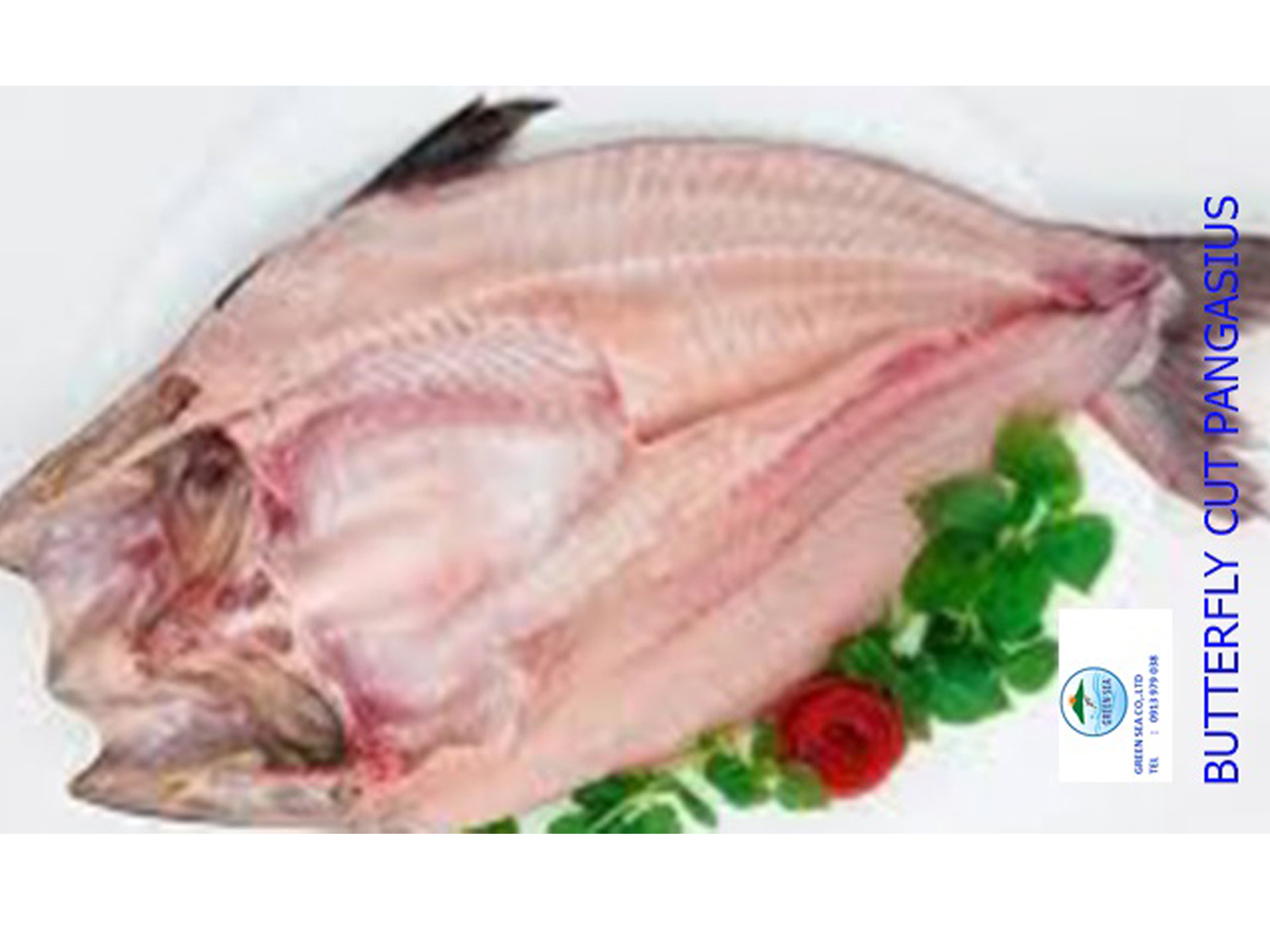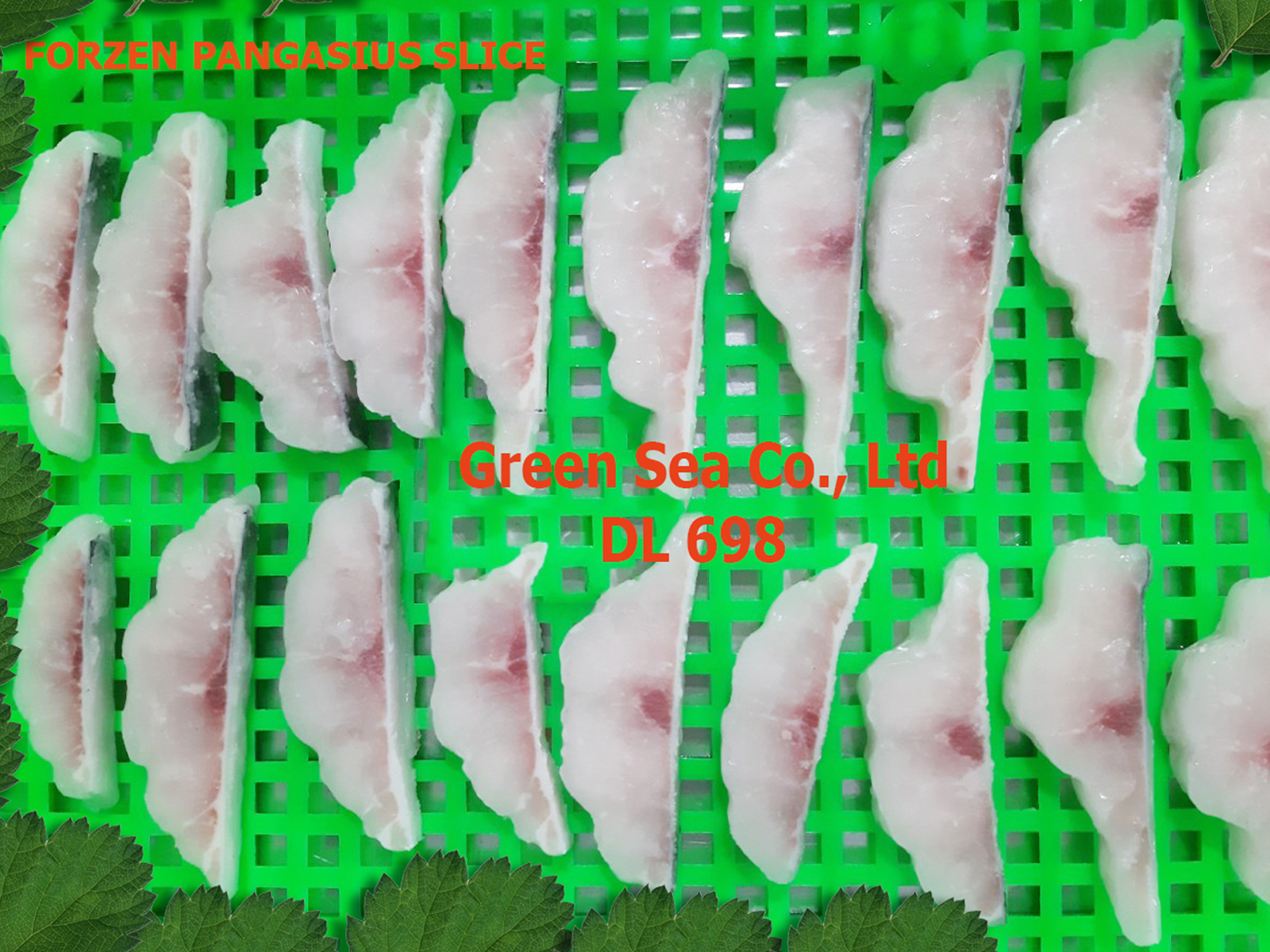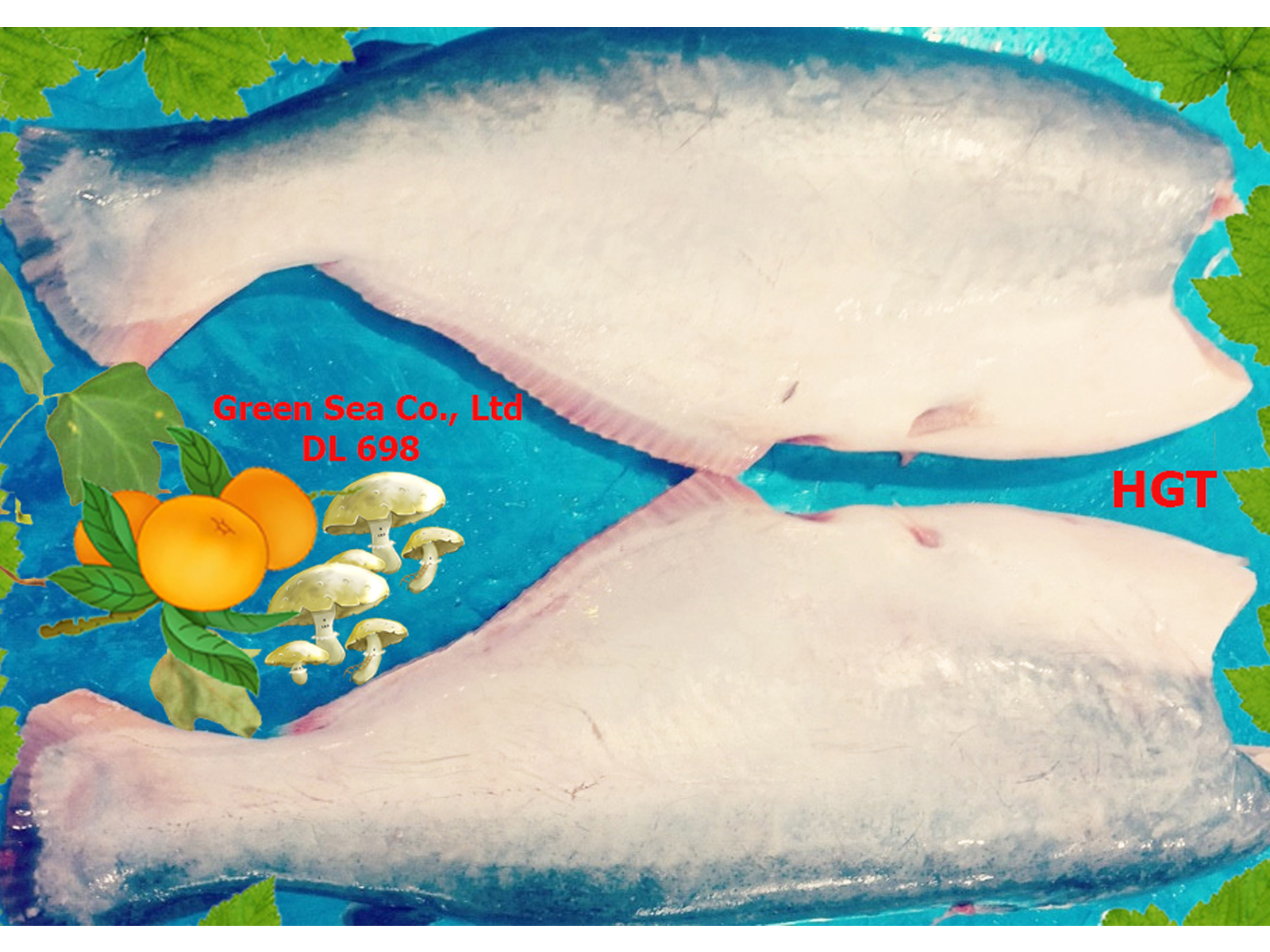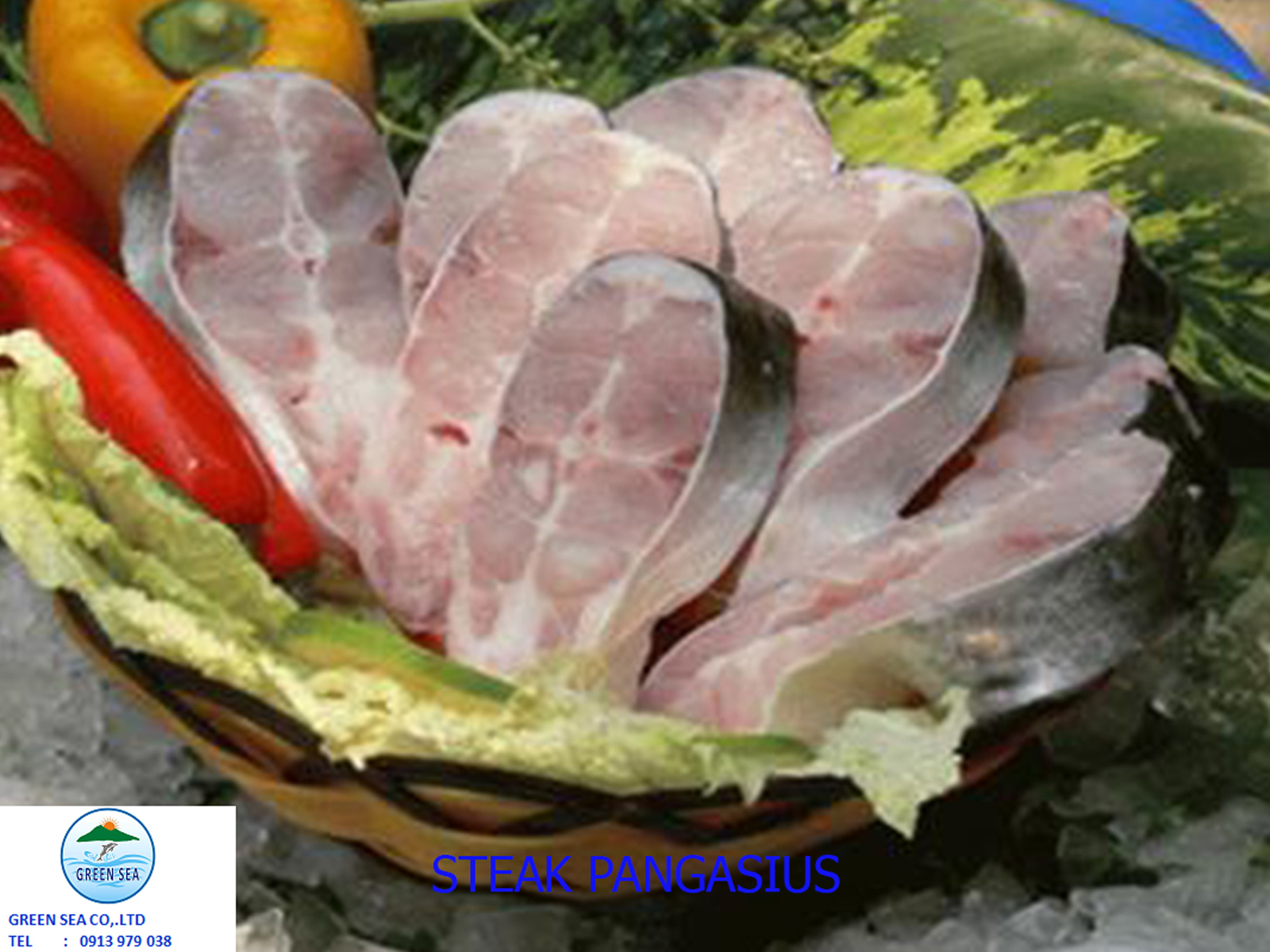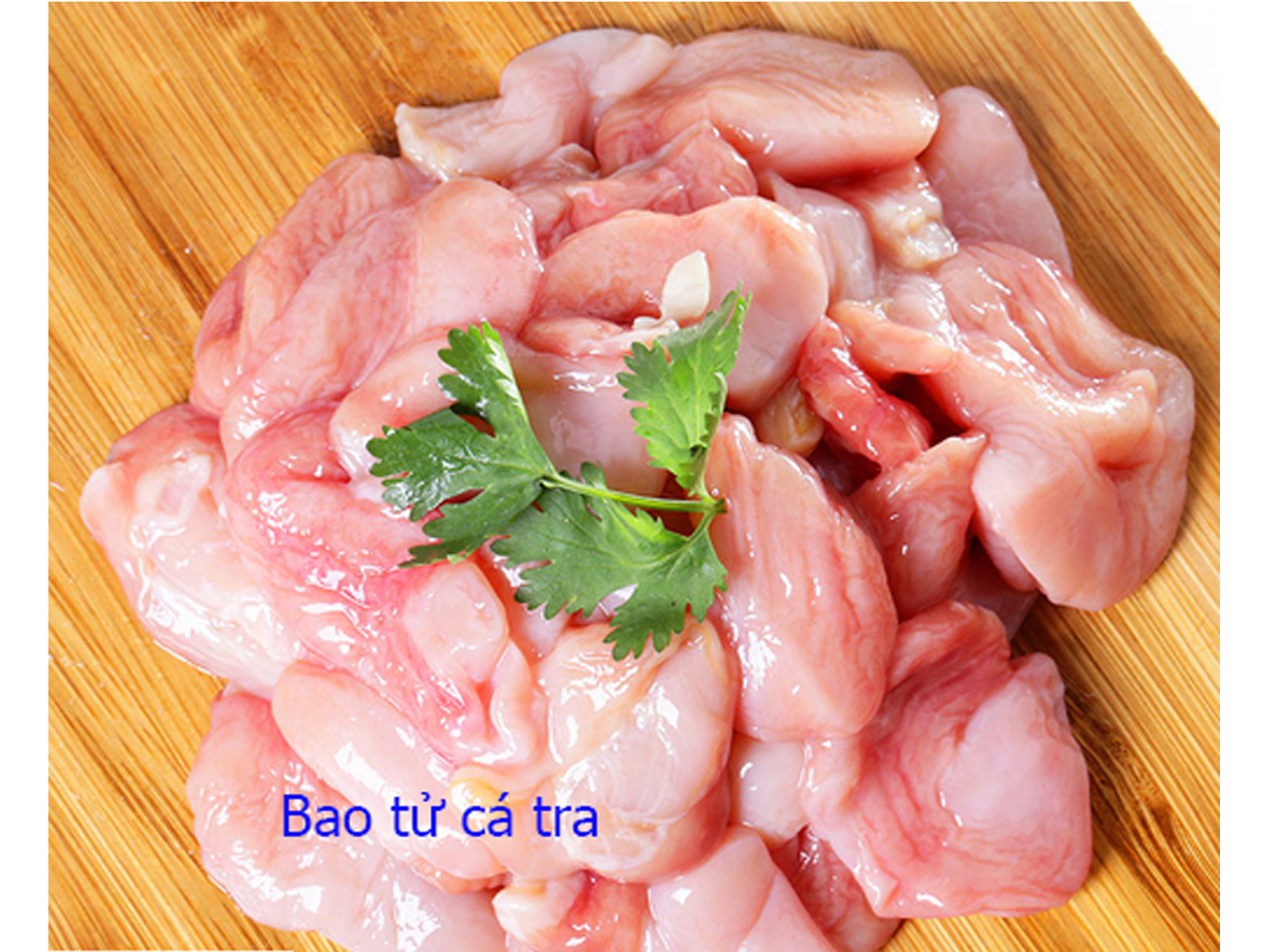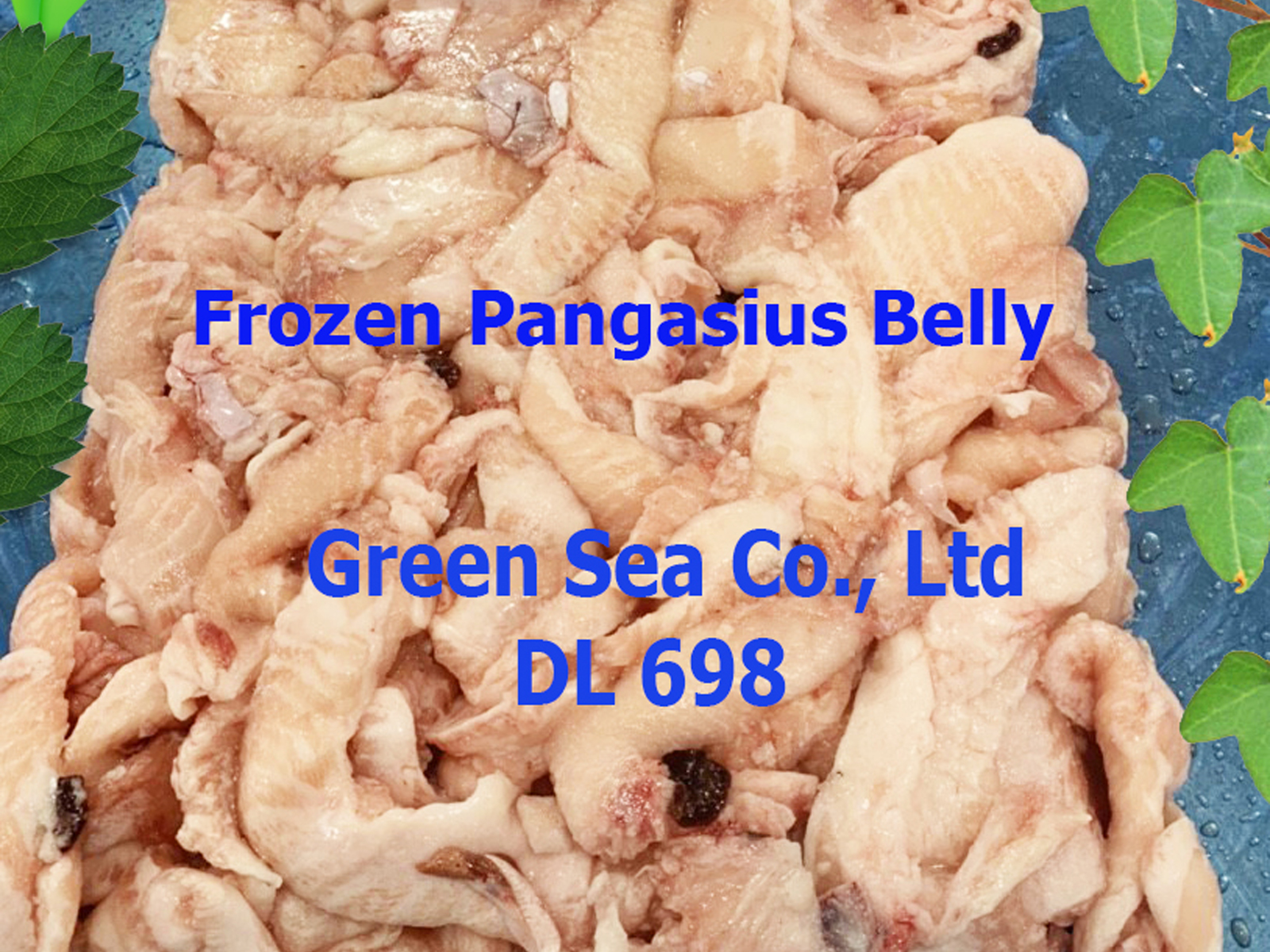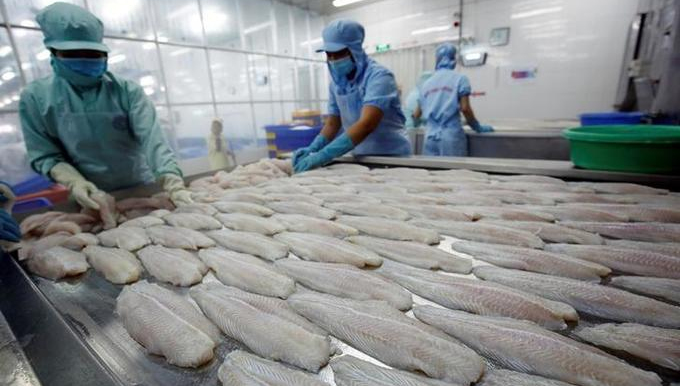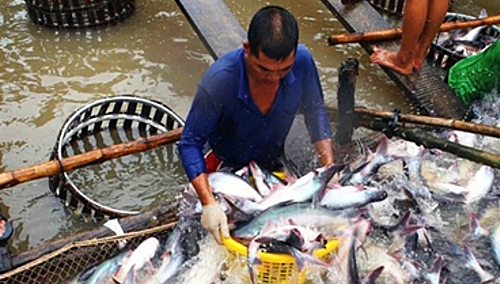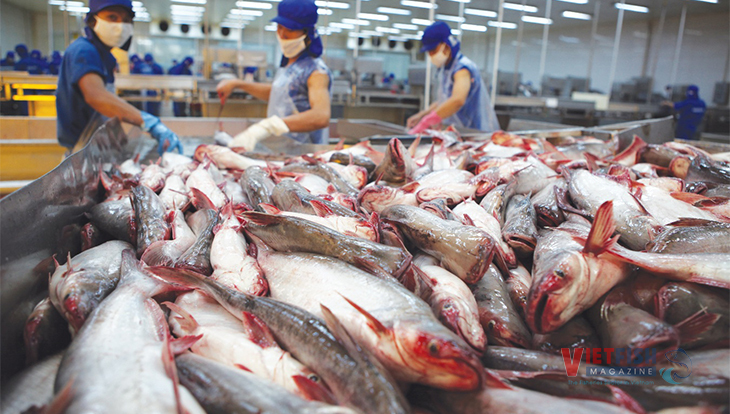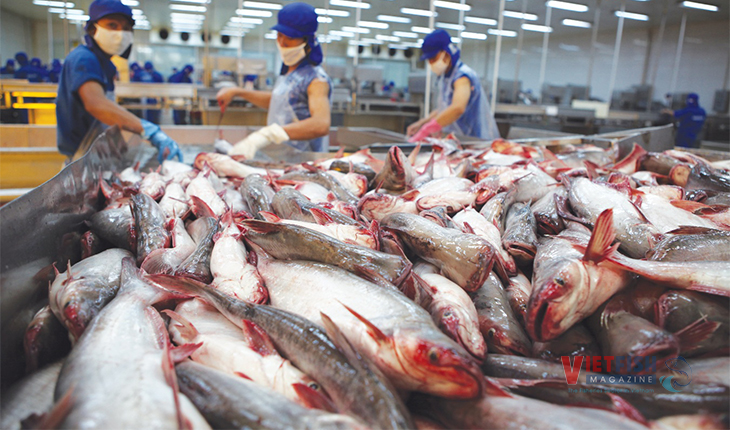Export of pangasius fish to China could rise by 15 percent this year after import tariffs were scrapped in May.
China’s recent easing of its import policy is a great opportunity for Vietnam to export more pangiasus fish to the country, the world’s most populous market, said Truong Dinh Hoe, general secretary of the Vietnam Association of Seafood Exporters and Producers (VASEP).
In late May, China exempted import tariffs on 33 kinds of Vietnamese seafood including lobster, tiger prawn, sea shrimp, frozen basa and pangasius fish.
At the same time, the fact that China is tightening its policy on food safety and border trade will help businesses that trade through official channels as they comply with food hygiene and safety standards more strictly, Hoe said.
Chinese e-commerce websites have stepped up updating information and selling Vietnamese seafood products. The increasing intensity of the US-China trade war also means major Chinese importers are switching from buying US fish to Vietnamese pangasius.
China is also an alternative market for Vietnamese exporters, who face higher tariffs exporting to the U.S.
Over 150 Vietnamese companies export seafood to China at present, 45 of them exporting pangasius fish. Exports of this fish have been growing steadily, increasing by 30-88 percent a year between 2015 to 2018, according to VASEP.
China became Vietnam’s main buyer of pangasius fish for the first time in 2017, after Vietnamese exports to major markets like the U.S. and EU faced a series of obstacles including new anti-dumping taxes, new quality requirements imposed by the U.S. Farm Bill, and bad press coverage in a number of European markets.
In 2018, Vietnam exported $528 million worth of pangasius to China, an increase of 28 percent from the previous year. This year’s value is expected to rise by 10-15 percent, according to the association.

China's recent easing of import policy is a great opportunity for Vietnam to export more pangasius. Photo acquired by VnExpress.
Reference: e.vnexpress.net



